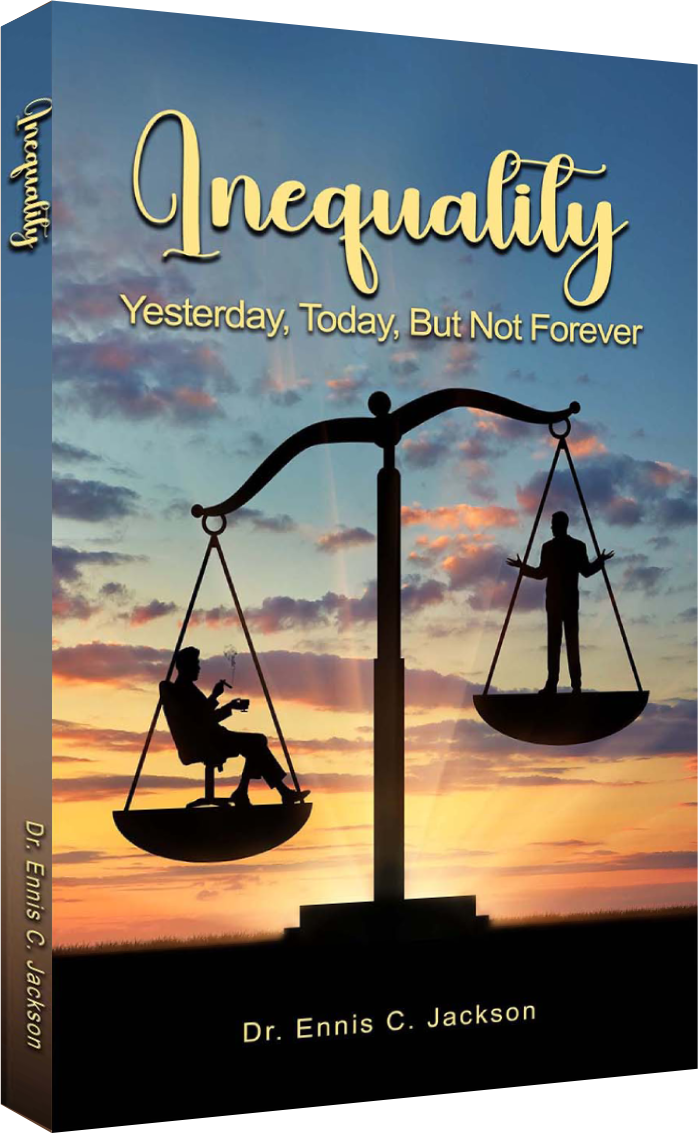Inequality, discrimination, and racism have been issues we’ve been trying to resolve for decades. History is full of stories where people faced discrimination based on their social status, power, religion, color, race, etc. Even after so much time has passed, we still get to witness incidents where inequality is apparent. Unfortunately, this factor influences how communities are structured and who holds control. We can help address the issue of inequality if we truly understand the roots of it. Let’s learn more about the history of inequality and figure out where it all started.
Ancient Roots of Inequality
Inequality began with the rise of agricultural societies. Humans moved from nomadic lifestyles to farming communities. This sudden change allowed some people to collect more resources, land, and livestock than others. Over time, people who controlled these resources became more powerful and created a division between the elite and the rest of the population.
Civilizations started to develop, and along with their development, the system of inequality started to rise, too. We have a great example of inequality from the pharaohs, who ruled over several numbers of slaves and laborers. In Greece and Rome, citizens were divided by class and status. This specific time in history set the stage for societies where a small group of people held power over the majority.
The Impact of Colonialism and Slavery
Colonialism and the trend of slavery made inequality even worse. The European powers occupied and conquered major territories in Asia, Africa, and America. They exploited the land and its people for economic gain. Slavery became one of the brutal demonstrations of inequality. Millions of people were forced to leave their homes and live a life of slavery. The effects of these practices still have a lasting impact on today’s racial and economic inequalities.
Modern Inequality
Modern inequality isn’t any different from ancient ones. Despite advancements in human rights and technology, the wave of inequality did not stop. It is still considered to be one of the major issues where there is a prominent wealth gap between the rich and poor, decided and judged based on race, gender, and access to education.
Conclusion
Understanding the history of inequality helps us see how deeply rooted it is in our society. While progress has been made in addressing disparities, significant work remains. To better understand the present and build a just future for generations to come, read “Inequality – Yesterday, Today, But Not Forever” by Ennis C. Jackson. The author explores the complex history of inequality, its impact on society, and the transformative movements to create a more just future. From racial and gender disparities to economic and social divides, the book digs deeper into how inequality has shaped civilizations throughout time. If you are interested in learning about how inequality started and how we can do our part to stop it, then don’t forget to grab a copy of “Inequality – Yesterday, Today, But Not Forever” today!
Available on Amazon.
